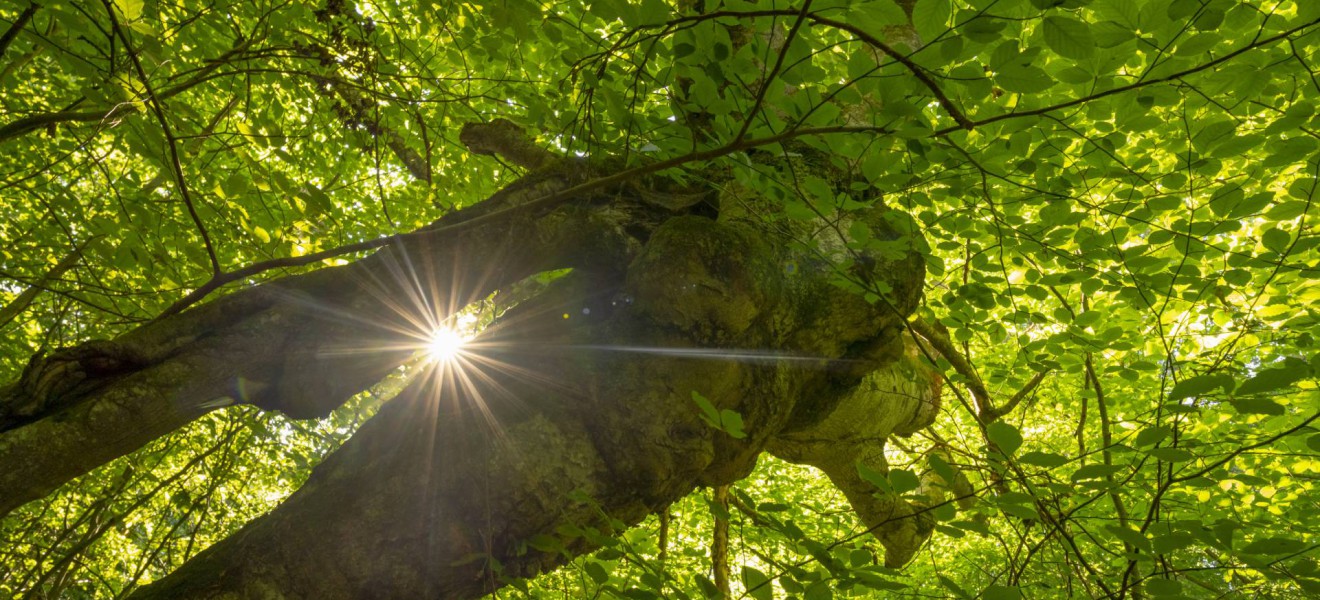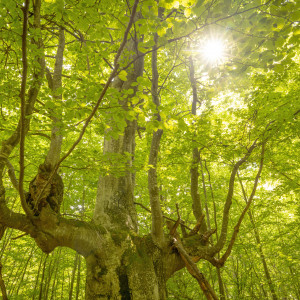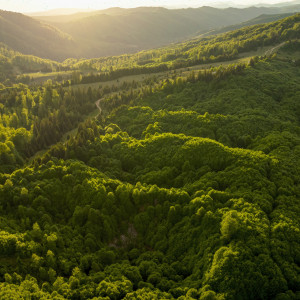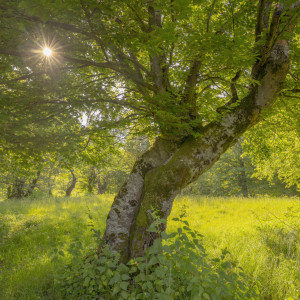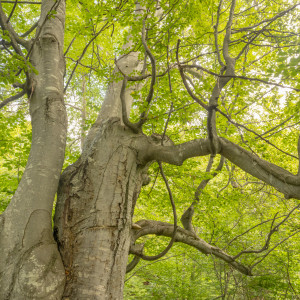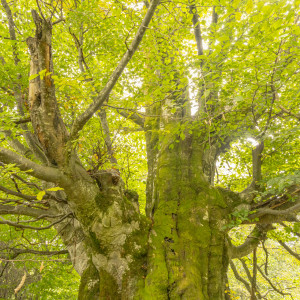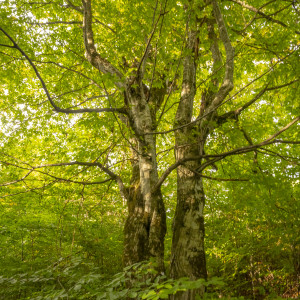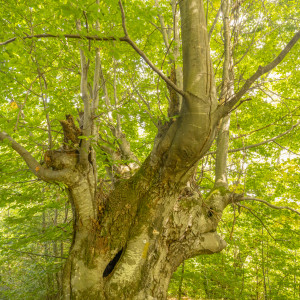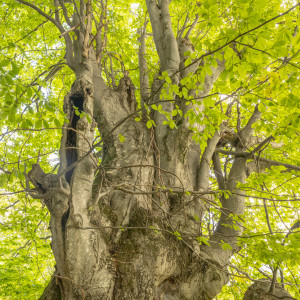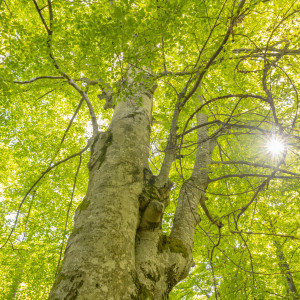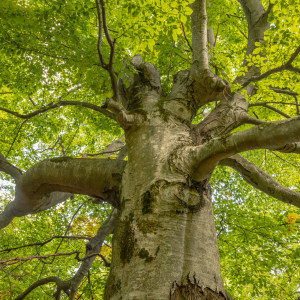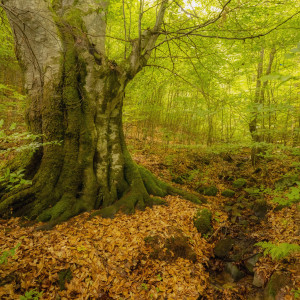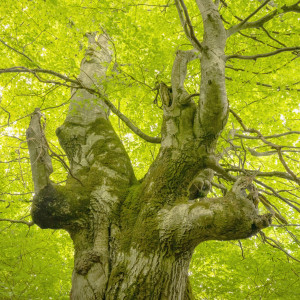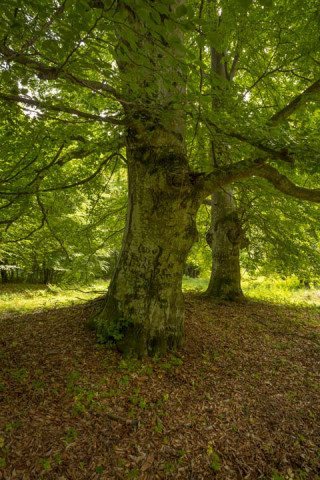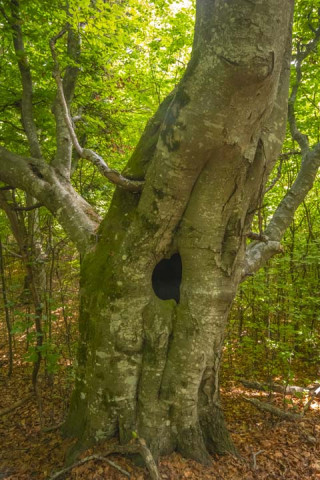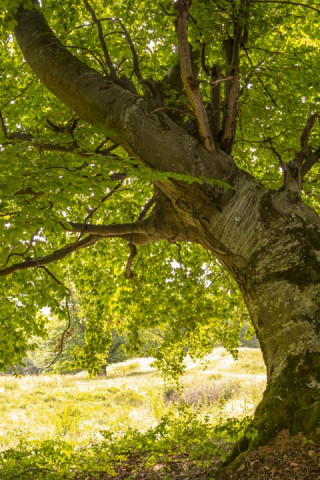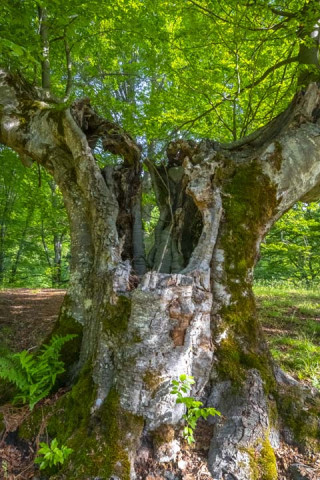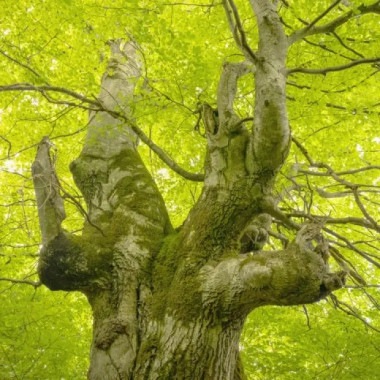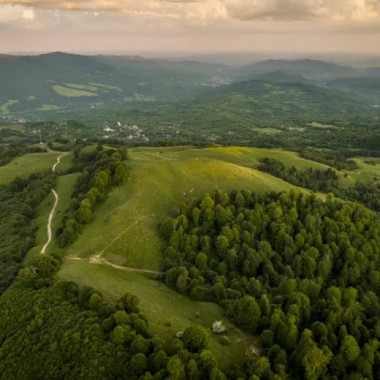The commune of Nucșoara was first documented in 1547, the year in which it was mentioned in an ownership document issued by ruler Mircea Ciobanul.
However, the village goes back to the time of Basarab I, the ruler who had appointed a group of soldiers here to guard and custom the only road connecting with Transylvania where horses and goods could pass over the Făgăraș Mountains. This group of border guards owned the surrounding lands and organized itself into a community of “moșneni” or free peasants.
The commune is located on the northern edge of Argeș county, on the border with Brașov county, on the upper course of the Doamnei River, in the Făgăraș Mountains, in the Brădet-Nucșoara subcarpathian depression, in the contact area of the Iezer Mountains with Muscelele Argeșului.
Nucșoara, the martyred village of the anti-communist resistance
One of the most important anti-communist resistance groups in Romania, "Haiducii Muscelului", was in Nucșoara. Led by Lieutenant Toma Arnăuțoiu and Colonel Gheorghe Arsenescu, the group had the longest activity, but also the most people sentenced to death (16 people) and 93 sentenced to hard years in prison.
The resistance movement was set up by "fired army officers" after the communists came to power by rigging the 1946 elections with the support of the Soviet army of occupation.
Considered "officers of unhealthy origin" because they were National Peasant Party sympathizers and because they were decorated on the Eastern Front, they were expelled from the army. Colonel Gheorghe Arsenescu and lieutenant Toma Arnăuțoiu had several meetings in Bucharest and set up a resistance group in Nucșoara, the place where the family of Iancu Arnăuțoiu and where Toma's father was a village teacher and peasant leader, enjoying great support.
In the spring of 1949, other followers gathered from Nucșoara, Corbi, Domnești, Pietroșani, Câmpulung and they took the oath of allegiance in the house of Gheorghe and Elisabeta Rizea, neighbours and friends of the Arnăuțoiu family.
The formed group began to be pursued by the communists and 16 people retreated to the mountains, where they had organized shelter. Supporters from the village fed them and offered them information through Elisabeta Rizea and Marina Chirca, the main contact people.
"Haiducii Muscelului" or "Partisans of Freedom" were joined by officers, priests, teachers, students and peasants. They swore on the Bible and on their weapons: loyalty to the country, to King Michael I, to the leaders of the movement, to drive out the communists and the Russians.
The people of Nucșoara, being assigned to defend and guard these places, had an unceasing spirit of fighting and duty towards the country. They believed in supporting the Westerners to death, not knowing that they were abandoned by the Yalta Treaty.
After 10 years of resistance, with hard battles, pursuits, betrayals, survival dramas, hunger and deprivation, living in the Făgăraș Mountains and in the forests, only four adults survive: Toma Arnăuțoiu, Petre Arnăuțoiu, Constantin Jubleanu, Maria Plop and a child (Ioana, the daughter of Toma Arnăuțoiu and Maria Plop, who was born in the Poienărei grotto in 1956).
Toma and Petre Arnăuțoiu were captured on May 20, 1958, near the village of Poienărei, betrayed by their friend and supporter, Grigore Poenăreanu.
Under these conditions, they were forced to tell where they were hiding, then they asked the others to surrender as well. After Maria Plop and her little girl came down from the cave, Constantin Jubleanu opened fire on the Security forces, injuring a sub-officer. In the exchange of fire and shelling, he was either killed or shot himself with the last bullet to avoid capture. Not before throwing his diary in the fire with the names of all those who helped the movement, but also with the poems he wrote during all the years of suffering. The notes were half burned, and based on what remained, over a hundred arrests were made.
The result was tragic: 16 people were sentenced to death and executed on the night of July 18-19 in Jilava, starting with Toma Arnăuțoiu. Another 93 people were sentenced to imprisonment and hard labour.
Source: A story told by Constantin Berevoianu, history teacher, director of the "Toma Arnăuțoiu" Secondary School in Nucșoara.

